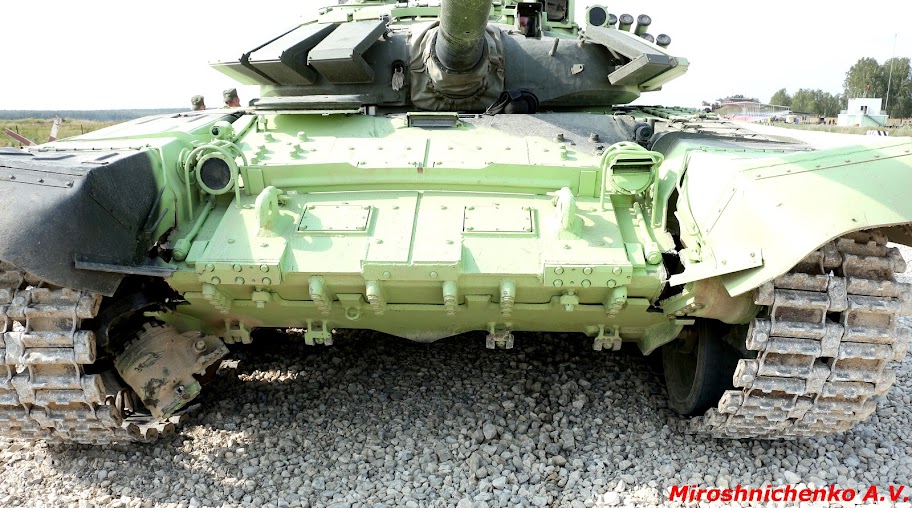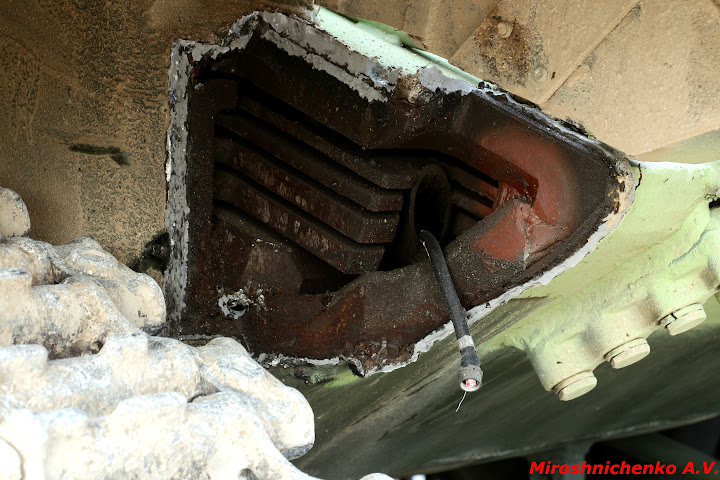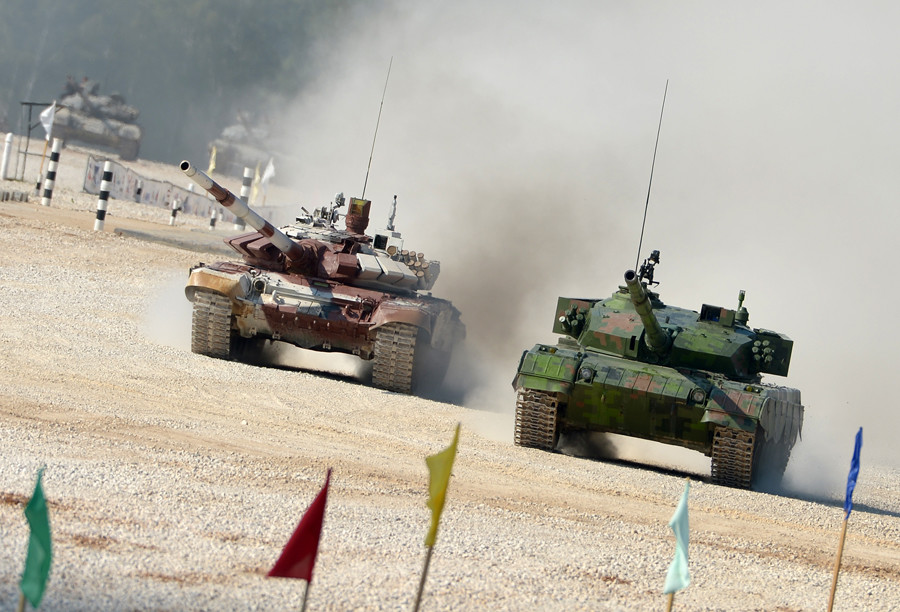One thing that drives me nuts about Armored Warfare is currently the arty system.
Yes, you get an indicator that the arty is shooting at you... but to escape any hit you have to pretty much
instantly start driving. That is not a problem for most of those players, who randomly camp at a certain spot and wait for the enemy to appear in front of their crosshair; but if you are actually engaged in combat and can only maneuver to a limited degree without exposing yourself to easy shots of the enemy, you'll get hit.
In my experience the artillery in AW has been quite problematic in EA4 and also the previous versions. The artillery can hit vehicles
behind cover to a much larger extend than in WoT, because the firing arc is different. So even if you are sitting behind a large rock which covers even two or three feet above your roof, you'll still get hit and penetrated by artillery.
But even if the artillery misses, you'll
still take damage. Because AW has increased spall damage for artillery while nerfing the direct damage (at least this was the case in EA3, I haven't noticed any difference in this aspect in EA4), which means that you'll
slowly get blown apart piece-by-piece even when staying in cover - as long as the enemy artillery has nothing better to do.
Loosing 20% of your hitpoints without being directly hit? Not funny.
I think the artillery needs still quite a lot of work. It's current implementation is not fun to play with/against and does remind me way too much of the hated WoT artillery.
The maps are too small for realistic artillery behaviour and the current arcade system is not good from a gameplay point of view.
One problem is that artillery has a
much higher impact on certain vehicles than on others. I am not talking about the damage (which will be influenced by armor), but rather on the gameplay. An ATGM-carrying tank destoryer like the FV438 Swingfire will in most cases stay out of the effective viewrange of other vehicles, will still participating at combat. So despite the lack of armor, the Swingfire will be saved from artillery fire. A highly mobile Fox or Wiesel will also not be troubled by artillery. A tank with limited viewrange (compared to the AFVs and TDs) like the Leopard 1 or M48 on the other hand will be punished by artillery even when playing correctly.
At least Obsidian has tried to do things better... so let's hope that they somehow maange to make the artillery a working element in the gameplay.
PS: Probably just frustrated about getting targeted by artillery three games in a row when being unable to maneuver thanks to camping enemies.



